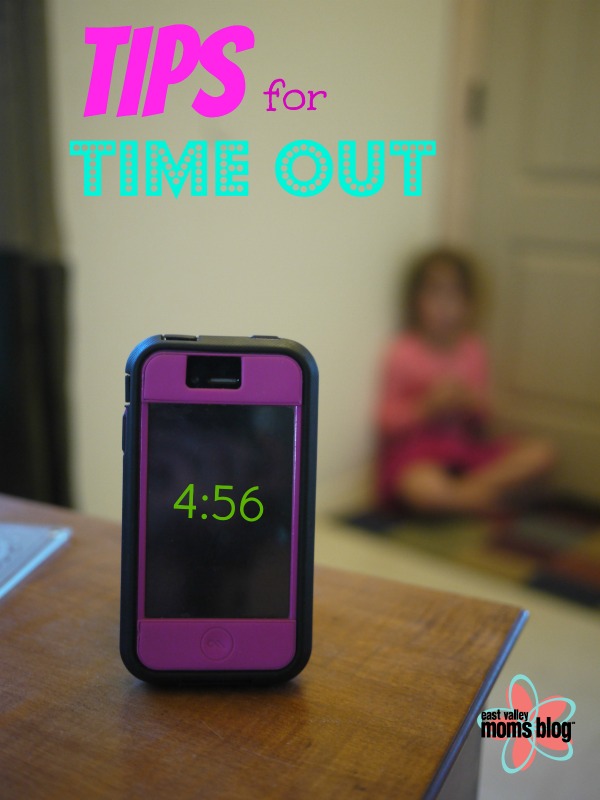 My daughter as a toddler. Such a cherubic little face, sweet, impossible of any harm. It’s unbelievable to imagine that seconds after taking this picture, she hauled off and hit her mommy.
My daughter as a toddler. Such a cherubic little face, sweet, impossible of any harm. It’s unbelievable to imagine that seconds after taking this picture, she hauled off and hit her mommy.
We were in a music class where all the other children were happily dancing around in a circle. My daughter did not want to participate, which was ok. But when I tried to re-direct her and encourage her to join in, she hit me… repeatedly. Time for a time out. I immediately picked her up and exited the classroom in search of the nearest corner. I found one a few feet from the door. She was screaming and crying, trying to twist out of my arms. I sat her down, still crying and I sat right in front of her, not saying a word. We sat together for one minute. Then, I asked her, “what happened?” She didn’t know. I told her that she hit me. That’s why she was in time out. She shouldn’t hit. “Do you understand?” She nodded her little head yes. I gave her a big hug and told her I loved her and we walked back into class.
Sounds like the perfect discipline solution? Well…We’re not in music class for more than 5 minutes until she hits me again. I pick her up and we go through the whole process again. It took a total of 3 timeouts that morning until she stopped hitting me.
My husband and I started timeouts with our daughter when she was one-and-a-half – which is when she started throwing temper tantrums, hitting her parents or refusing to do something that we asked. At first, time-outs were extremely frustrating because she didn’t understand why I was taking her to the corner. She would try to crawl out- which is why I felt it necessary to sit down with her. Any time she would move, I would pick her up and place her right back in the corner. A friend of mine offered some amazing advice about using a timer for time-outs. In their house, they call their timer, “Mr. Dinger.” Mr. Dinger decides when time-out is over and not the parent. This was magical for me, because then instead of worrying whether I was keeping her in time-out too long, I knew the timer would tell me when she could leave. I use the rule of 1 minute of time-out for every year of age. So at 1, she only had 1 minute. Now, at 5 years old, she is at five minutes.
Our time outs have evolved since then. After a lot of practice, she learned that she needed to stay in the corner during time-out. I eventually moved away from her and sat on the couch to watch her. Then, I was able to move to another room and do something else. There were slip-ups of course. If I caught her out of the corner, I simply placed her back in it and restarted the timer.
Our talk after time-out has changed as well. At 1 1/2 she was not able to verbalize what she had done, so I would need to tell her. Around 2, I expected her to start telling me what she did. I follow the same script each time. Our conversations usually go like this:
Me: What happened?
C: I hit mommy.
Me: What are you going to do next time?
C: Not hit you. Be nice.
Me: (Give her big hug) I love you so much.
And then she’s off and the transgression is forgiven. It doesn’t always go that way. We went through a period when she was 4, where she got so upset that she refused to tell me what she did wrong. She would answer my question with a “I don’t know.” At that point, I would tell her that she needs a little more time to think about her behavior and sit her back in time-out. This would then be followed by a dramatic display of crying as I walked away to reset the timer. Amazingly, she always remembered what happened after the second time out.
I try to remove all emotion from putting her in time-out. Usually, when she does something to warrant a time-out, I am seething inside. She has either talked back, hit me, or outright refused to do something. But, I take a deep breath and tell her to go to time out. She cries. She protests. I just repeat, “Go to Time-out” and if she doesn’t I pick her up and physically put her there. I try to use as few words as possible and use a very calm-sounding, but firm, voice even though my instinct tells me to start screaming. Her time in time-out usually calms me down as well. I’m also ready to talk in a rational manner after the timer beeps.
Do you have a toddler and not sure how to start with time outs? Brie Hall, Child Development Specialist and Parent Educator with Baby Basics Education, suggests the following tips:
1. The rule of thumb is 1 minute for every year of age.
2. Time out if for RULE BREAKING, not because you didn’t like what they did. (I.e. Yes, it was super annoying that your child took a toy from his friend in the middle of the play date, but was that REALLY a rule your child knew about beforehand?)
3. Your child should know what RULE they broke when being put in time out. (i.e. Rule: We don’t hit others. What did you do to Sam? You hit him.)
4. Talk to your child at the end of the time out. Help them sort through their emotions, what lead to the rule breaking and what they can do next time to avoid breaking the rule. Don’t tell them what to do.. but help guide them.
5. Pick a location for time out where your child can’t get into more trouble (i.e. throwing stuff,) but avoid using their bedroom as a time out. For younger kids, that can give their room negative associations and cause some difficulty with sleeping in their own room and playing in there by themselves.
6. Time out/ meditation bottles can help calm an upset child by having them shake the bottle hard (when mad) and watch the bottle/ glitter “dance” and then “go to sleep.” These bottles can be timed to match a child’s age which can help give your younger child a way to understand how much time has passed in time out (i.e. 2 minute bottle for a 2 year old).
Time-outs have definitely helped our family keep its sanity as well as provided a calm way to correct undesirable behavior. My daughter is now entering first grade and she no longer hits her mommy.












Awesome post!! Very complete!! Love the time out meditation tip.
http://www.aznannies.com
Thanks, Daniela! I loved that tip from Brie Hall of Baby Basics too! I’m going to try it on my son when he reaches the time out age.